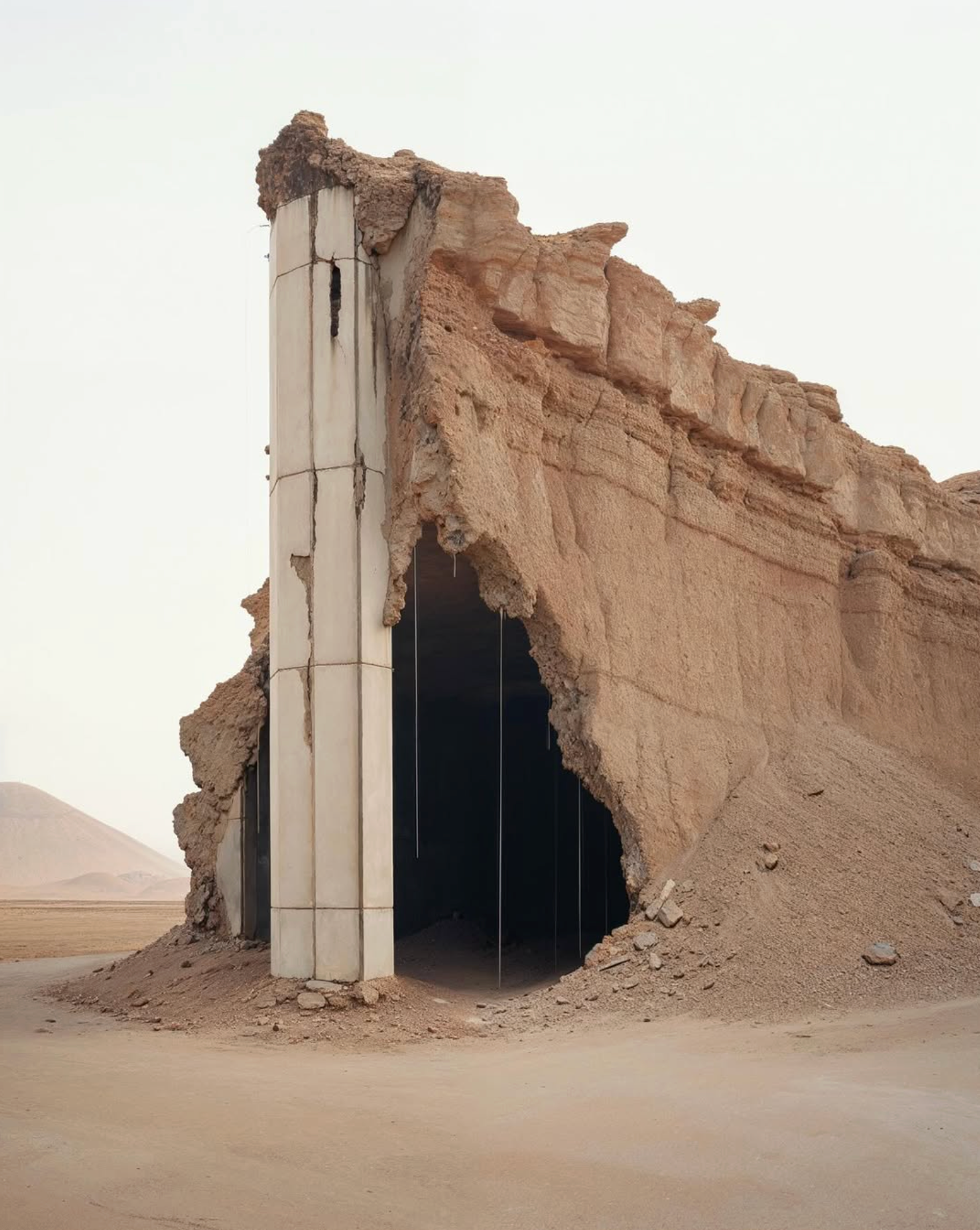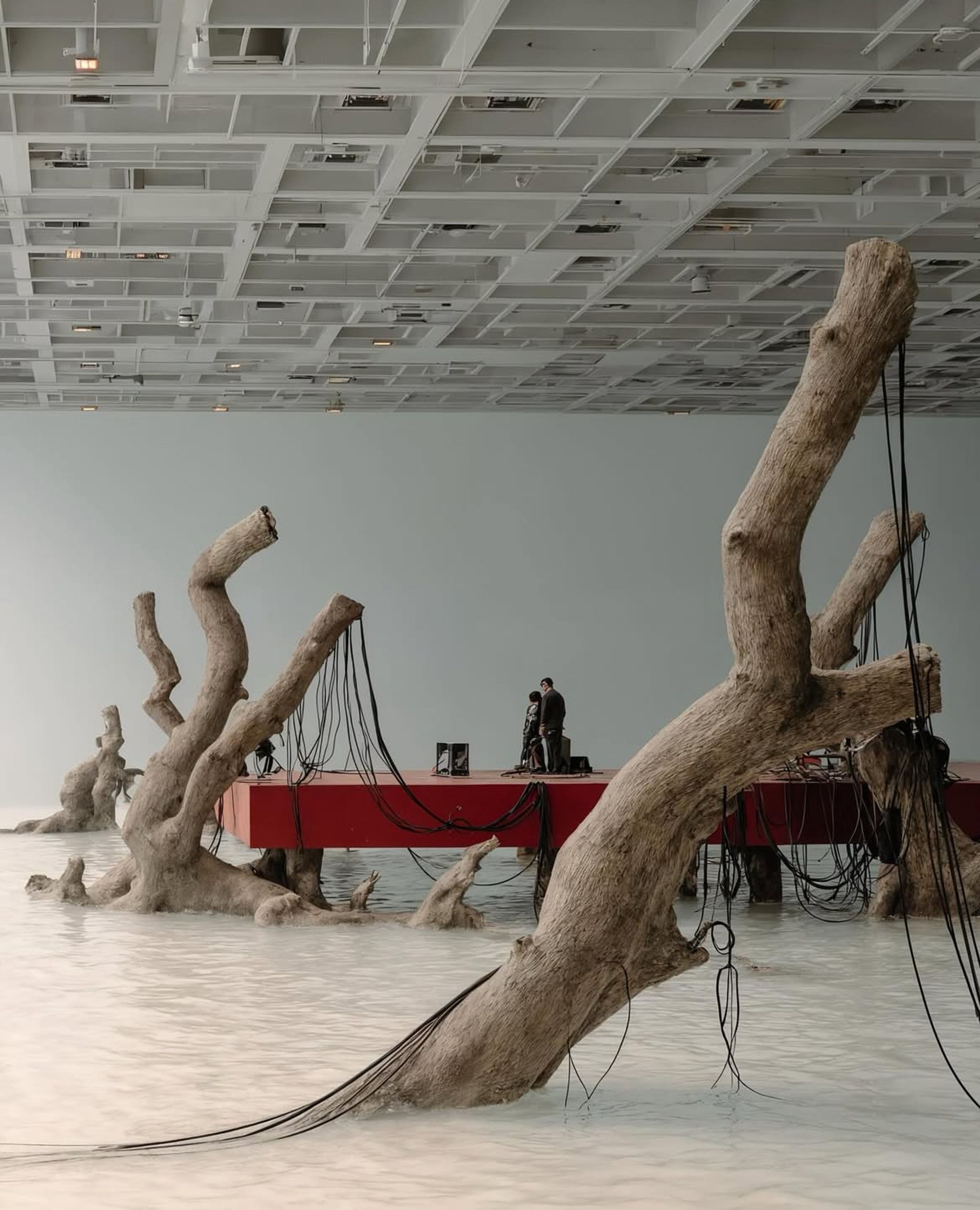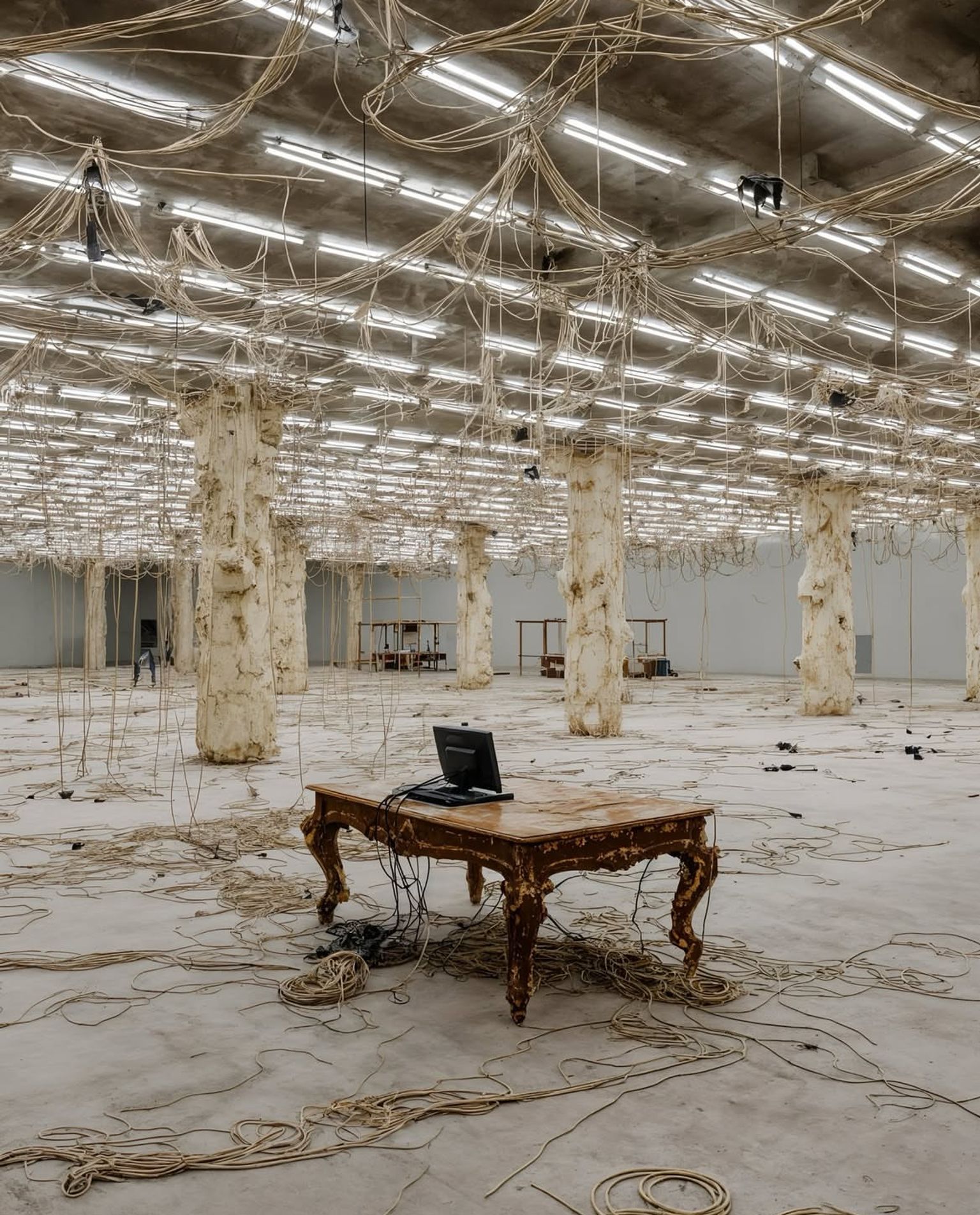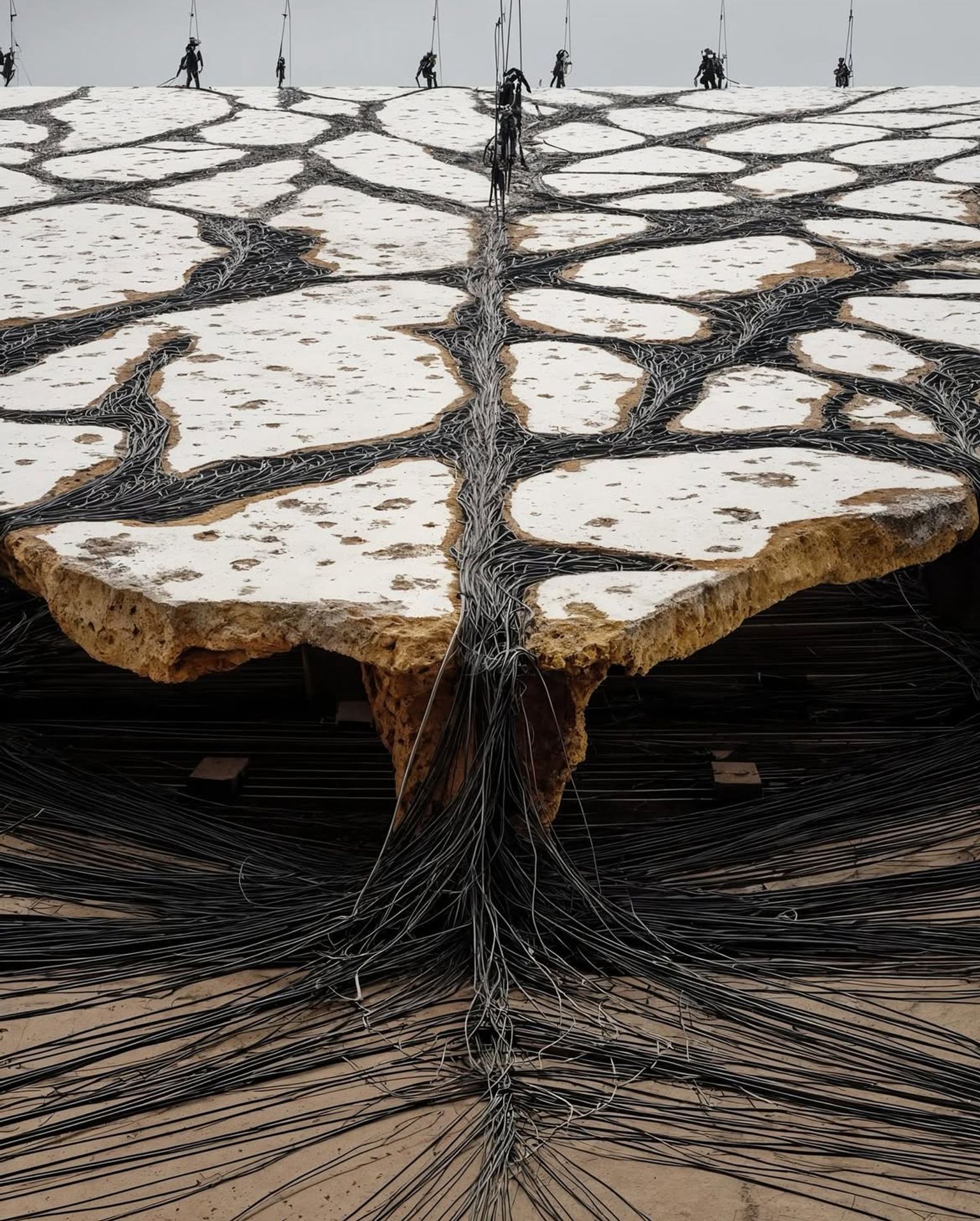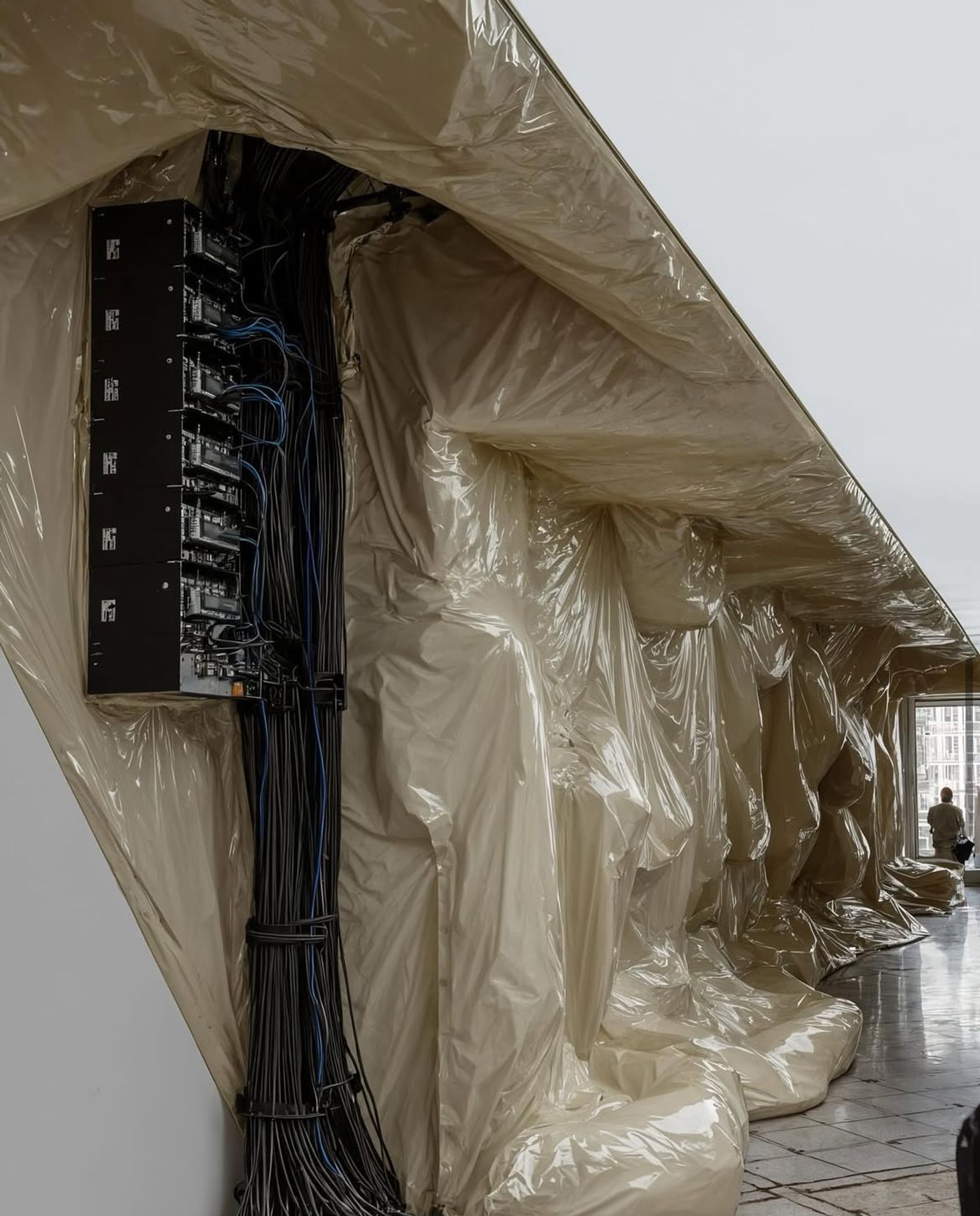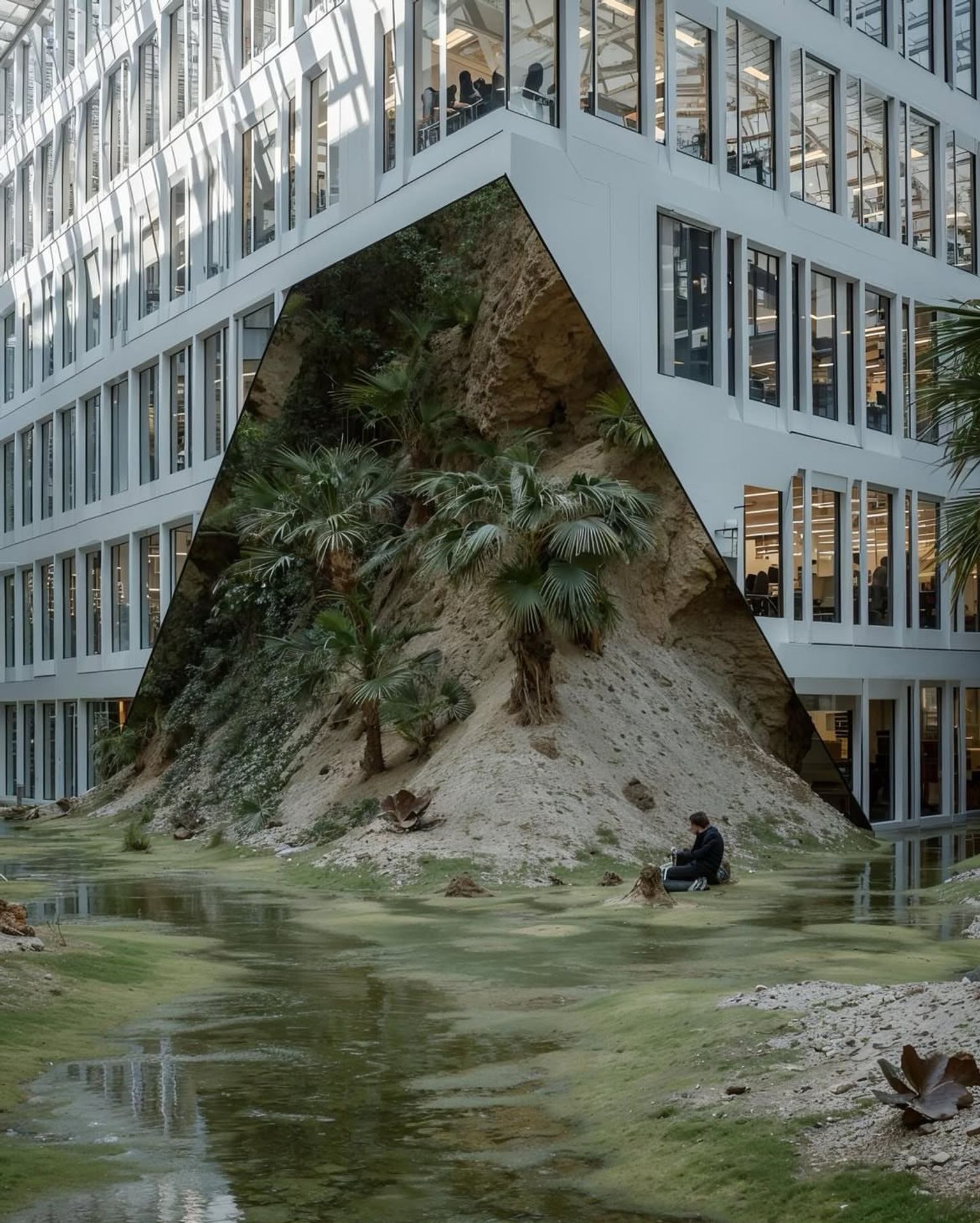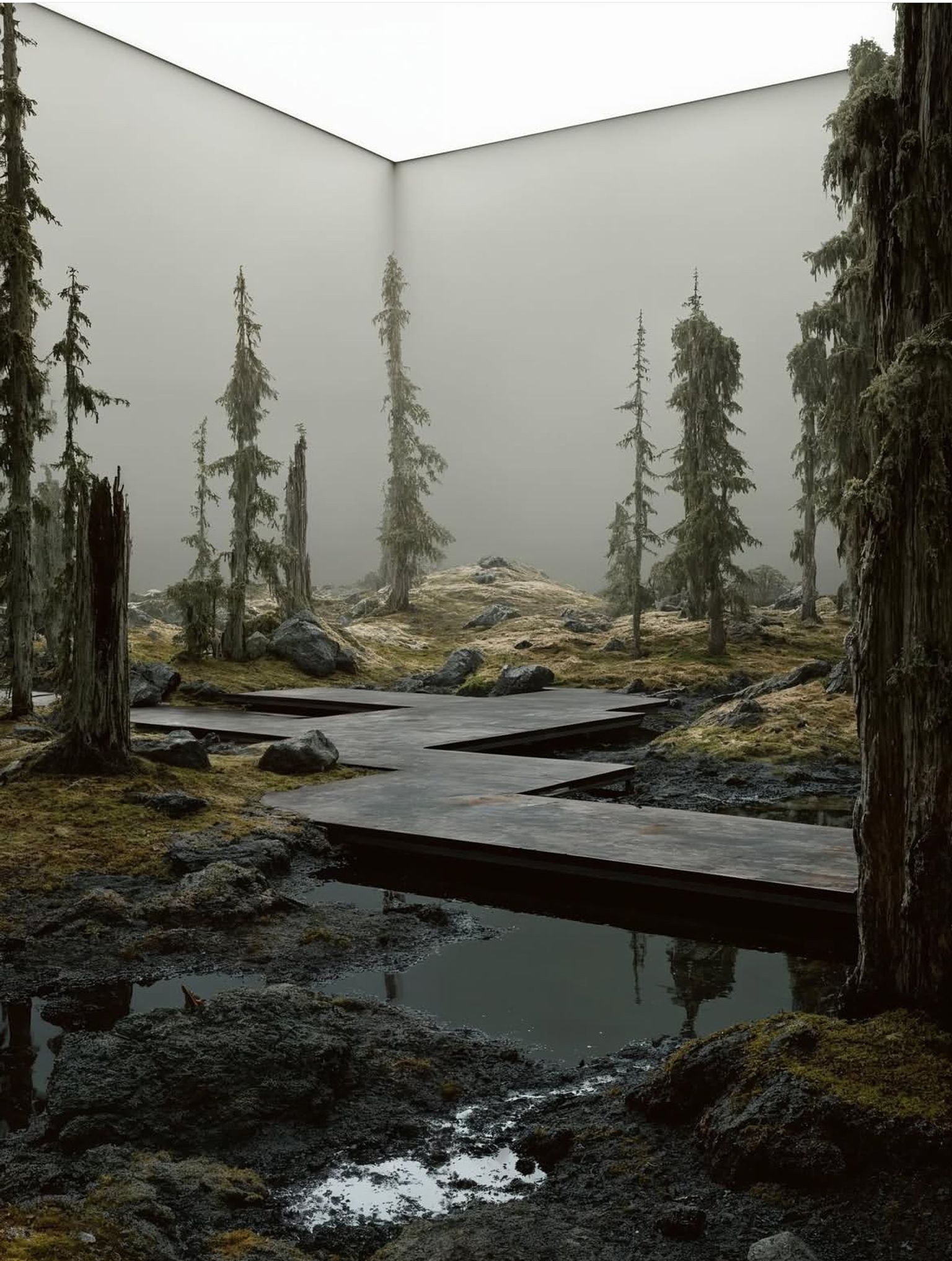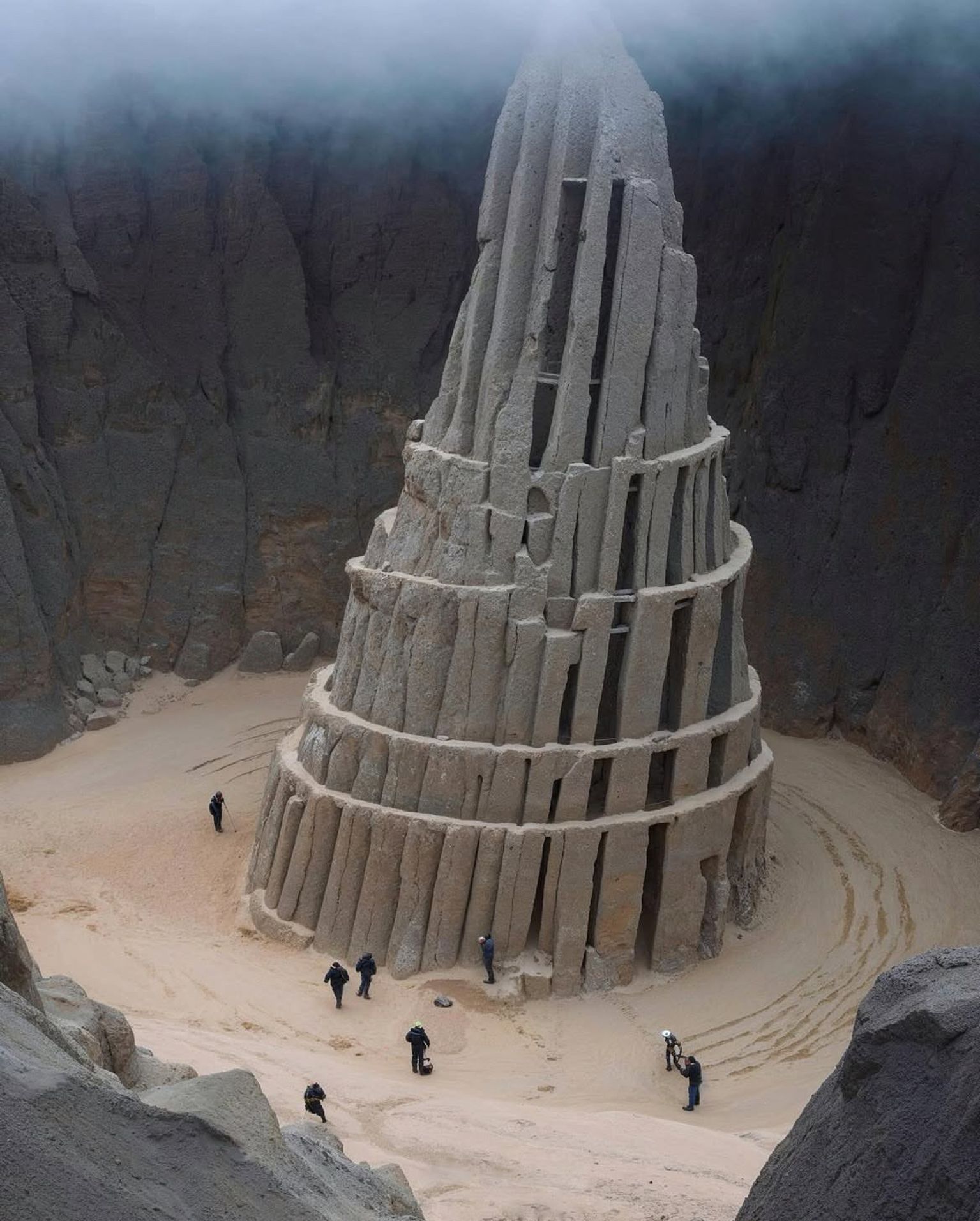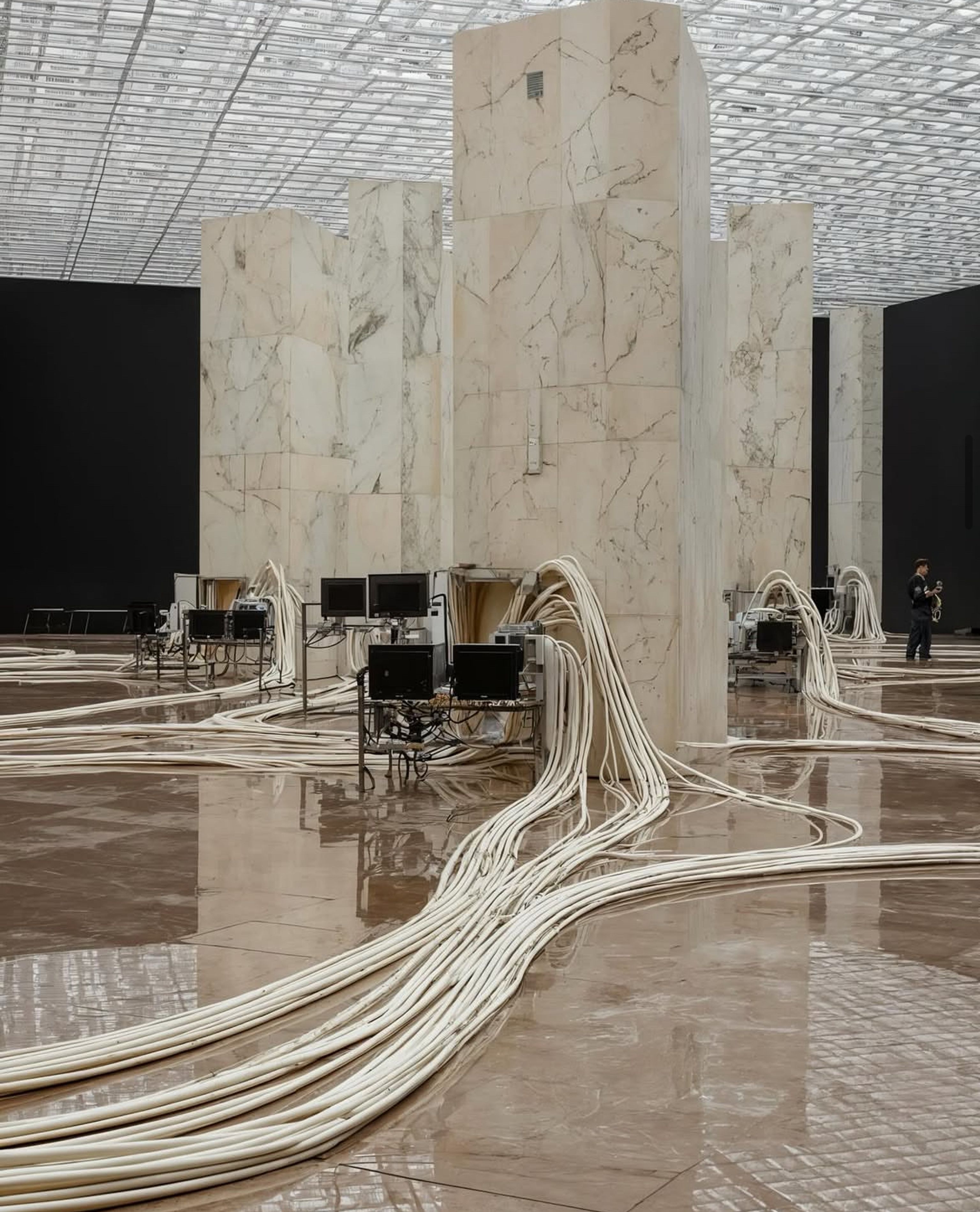
Jean-Jacques Balzac
Wrong architecture
- ArtistJean-Jacques Balzac
SPACE COPENHAGEN One of the new creative forces diving into AI. Working with legacies of myth in hybrid states with earthy depictions of nature and questioning our relation to space and technology. Inspiring and poetic.
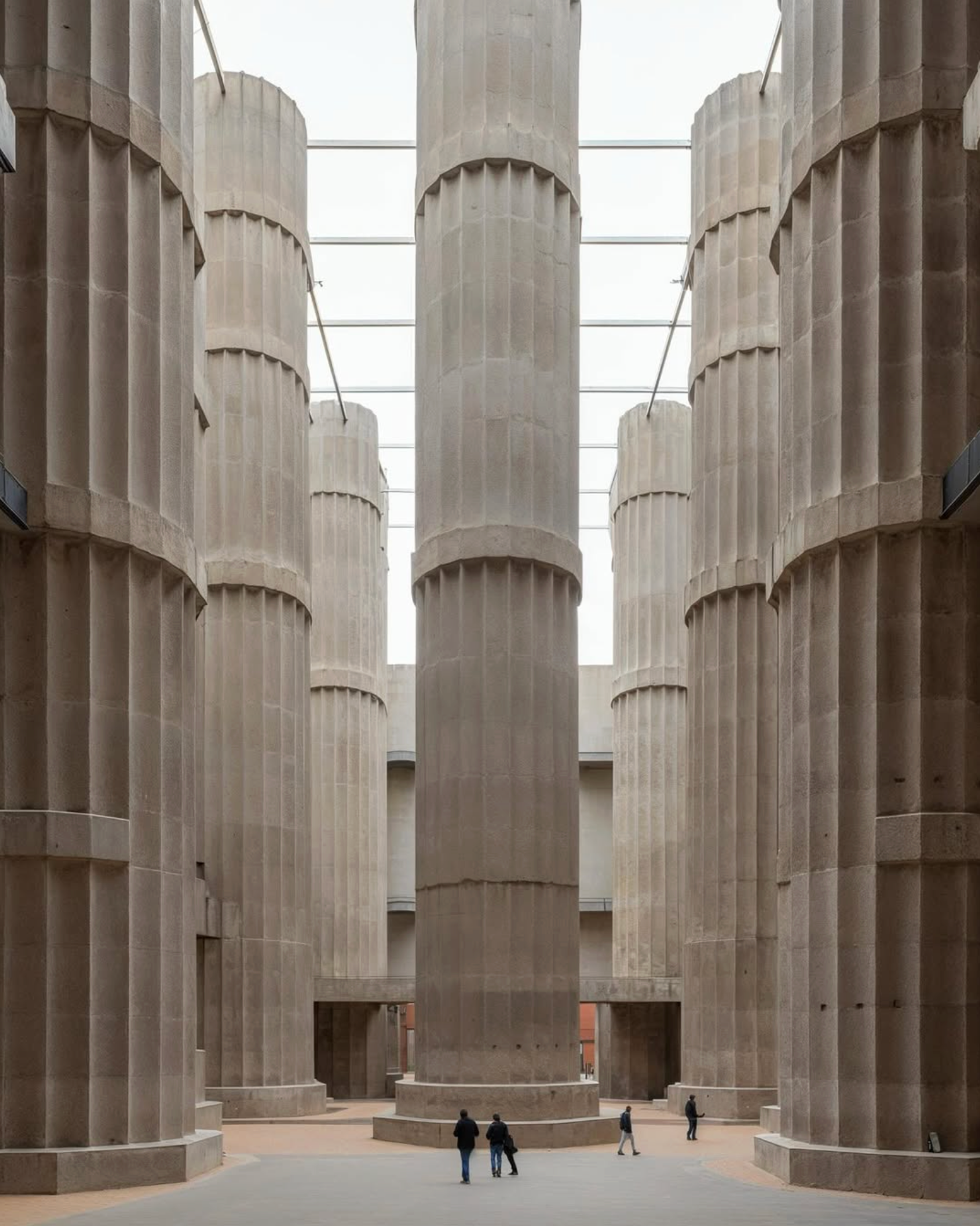
Jean-Jacques Balzac
Paris-based artist and architect Jean-Jacques Balzac (Instagram: @jeanjacquesbalzac) operates at the intersection of architecture, illustration, and digital art. Trained as an architect, Balzac now creates what he calls “wrong architecture” - striking, minimalist images of spaces that feel real yet impossible.
Using generative AI and digital tools, he composes stark façades, endless corridors, and monolithic structures that defy gravity and logic. The works often appear post-industrial, brutalist, or futuristic, yet they are meticulously orchestrated for light, shadow, and spatial drama. Interiors are empty, exteriors monumental, and every element seems deliberately out of place, provoking a sense of both familiarity and unease.
Balzac’s practice questions how architecture is experienced in the digital age. In a world dominated by renderings, social media, and visual storytelling, his images blur the line between real and imagined, functional and fantastical. They suggest architecture as narrative, not just construction - spaces to contemplate, wander in thought, and inhabit mentally, if not physically.

Through these “wrong” worlds, Balzac reminds us that architecture’s true power lies not only in what is built, but in what can be imagined. His visions are at once precise and poetic, monumental yet quiet, inviting viewers to reconsider the possibilities of form, space, and the uncanny beauty of the unbuilt.

